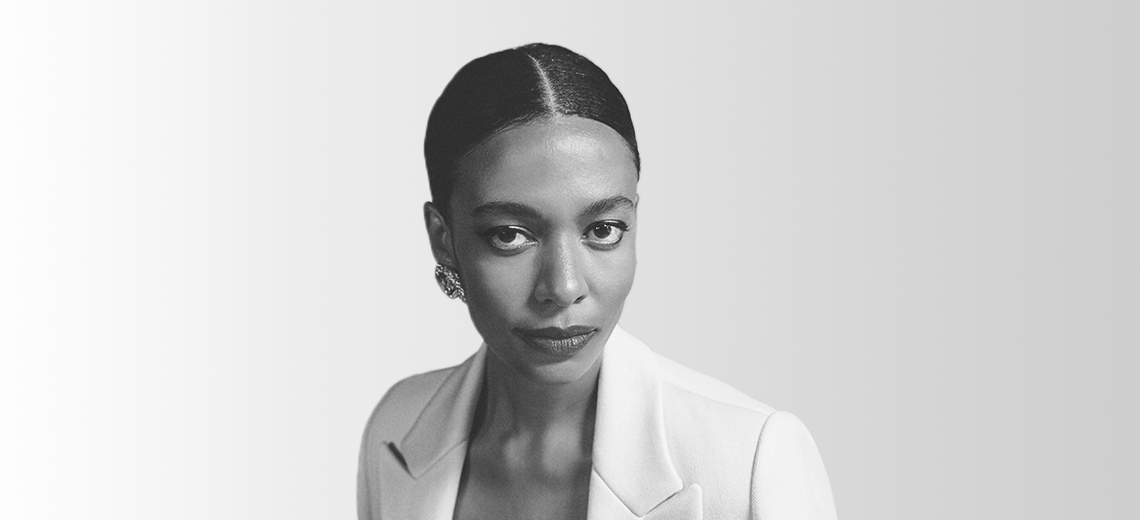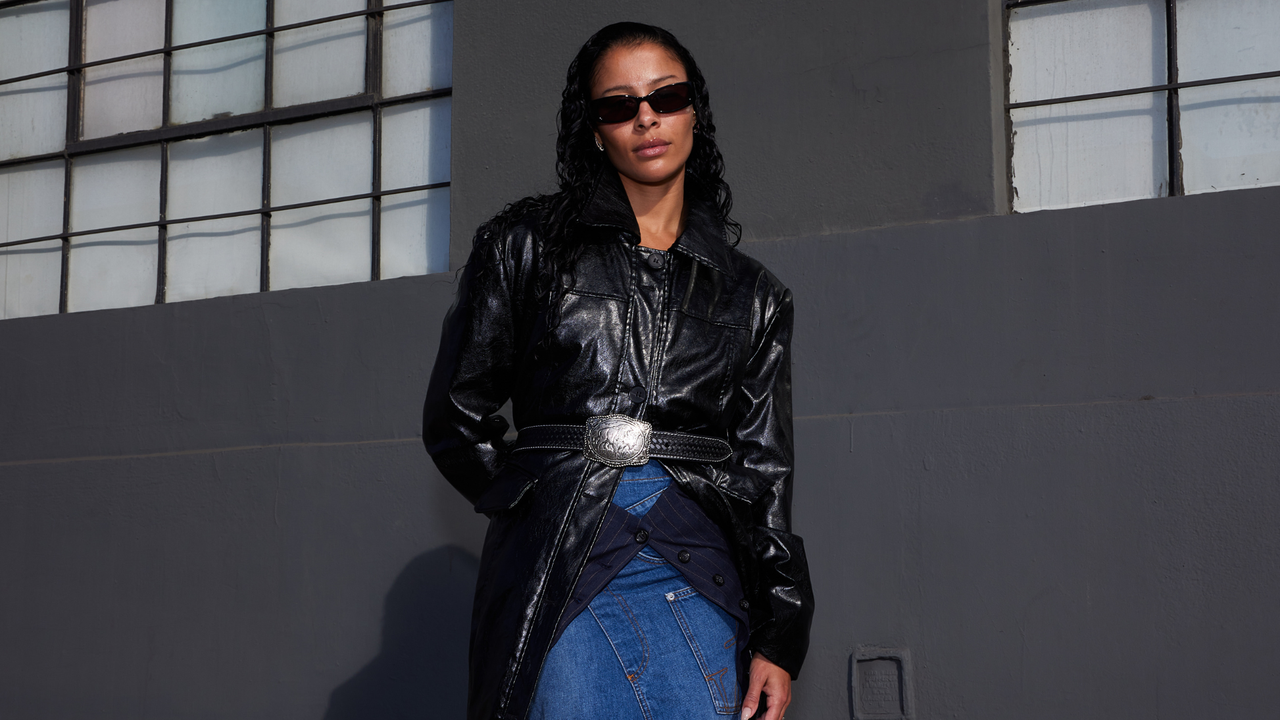Fashion
Aurora James on the ‘lack of exit opportunities for American fashion brands’

Between creating and running the 11-year-old luxury footwear brand Brother Vellies and the 4-year-old non-profit organization Fifteen Percent Pledge, Aurora James has become a trusted voice in fashion.
Her work hasn’t stopped there. James has served as the vice chair of the Council of Fashion Designers of America since January 2023. The same year, she published her memoir, “Wildflower,” which was released via paperback last month. And she also co-manages the Parity Collective, a private equity fund created to invest in founders of color.
While James admits that balancing all of her ventures can prove challenging, her goal of changing the narrative around entrepreneurship in fashion is one of her biggest driving forces. “I want to manage expectations for people about what life is supposed to be like when you take on that much work or even what it means to be an entrepreneur,” James said on the latest episode of the Glossy Podcast. “It’s a lot, and burning out in that situation is normal, and failing sometimes is normal, too.”
Another of James’s goals is to further her advocacy for more diversity in fashion.
Also on the podcast, the multi-hyphenate discusses her role in the push for expanding DE&I initiatives in fashion. Plus, she digs into the less glamorous, yet vital, sides of entrepreneurship. Excerpts from the conversation, below, have been lightly edited for clarity.
Implications of the Fearless Fund ruling
“Affirmative action being overturned at the Supreme Court is a very big deal, and the Fearless Fund lawsuit is a byproduct of that — and we’re about to see a lot of other lawsuits across the board. It’s very easy to strike against race-based issues, but when we think about diversity, equity and inclusion, it’s not just about Black people — it’s about a whole host of different people. We have to be able to fight back against their attacks. The thing that I know for sure is that people don’t waste energy fighting things they don’t feel are a threat to them. That movement was organized because DE&I is working, and I don’t think what we need to do is let them turn the phrase ‘DE&I’ into a swear word. There’s nothing wrong with having a vision of America that is inclusive for a great many people. … I truly, in the bottom of my heart, believe that the country will be a better place the more we are all allowed to be ourselves and experience love, compassion and empathy for each other. [DE&I] is also just a very smart business decision. You will probably lose money as a result of [the lack of diversity], because you’re not even going to be able to speak effectively to your audience.”
The challenges of fundraising in fashion
“I bootstrapped Brother Vellies because of so many reasons. For me, firstly, every investor that I met had expectations of growth for the business that I didn’t think would be sustainable or that would force me to make decisions that weren’t aligned with my values. I also didn’t necessarily, at that point, see an exit opportunity for Brother Vellies, and if you’re taking capital from someone, you need to have some sort of exit plan. That’s extremely hard for fashion brands. That’s why there’s a lack of dollars coming in, because there’s a lack of exit opportunities for American fashion brands. Until the American fashion industry figures that problem out, we’re going to continue having a lack of dollars [invested]. … It’s much easier to raise money as a beauty brand than it is a fashion brand for a whole host of reasons. So if I was starting a business now, and I had the intention of raising money, would I feel compelled to take dollars, even if they weren’t smart dollars for me? No, I would probably rather not do it. If you’re raising money, you’re going to be held accountable for the money that you’re taking from people, and the people that you’re taking the money from are also accountable to the people who gave them the money. I wouldn’t advise putting yourself in that situation. Investment dollars are also harder to come upon right now than they were before, so the best thing that we can all do is try to build business models where you’re going to need to take in less capital from other people.”
The key to running and growing a successful business
“You really have to know your business. You have to know your financials and you have to make sure your projections make sense. Before you raise money, you have to see the entire picture. If you’re raising money right now, what is your plan to sell the business in five years, so that you can have a liquidity event? If you don’t see that, and if you can’t show the investors that, and if you aren’t willing to do whatever it takes to 5x or 3x or 10x whatever they’re expecting their return, then you can’t take the money in. That’s how it goes. … There’s a bit of a disconnect because everyone wants an investor but no one wants to deal with what that looks like in the long run. The best thing we can all do is start building stronger, smarter, healthier businesses from day one. And does that mean that you’re going to be able to grow to $10 million in two years? Probably not. But also, do you need to? Also, do you want to run a $10 million business? Do you actually know what that looks like? Because the girls that are posting Instagram content from Capri are not actually running those $10 million businesses. That’s a different job. Being an entrepreneur is a full-time job. … You spend your time reviewing HR docs and legal docs and doing all these other things that probably have nothing to do with the passion that you initially started [the business around]. It’s very hard.”

/cdn.vox-cdn.com/uploads/chorus_asset/file/24435784/tokyostrava.jpg)







